
views
The Supreme Court discovered all things tech in 2022 as the year began in a strong grip of Covid-19, affecting the functioning of India’s apex court. The Supreme Court 2.0 mobile application, RTI portal among others entered its domain even though physical hearings began again but the court continued to use its new tech tools as it functioned in the hybrid mode.
The SC, which witnessed the legacy of three Chief Justices this year, underwent various technological reforms.
Livestreaming
In its more than 70 years of history, the SC livestreamed proceedings of its Constitution benches for the very first time, along with important matters, such as pleas challenging the 10 percent EWS (economically weaker section) reservation, 2016 demonetisation policy of the central government among others.
Justice DY Chandrachud, who took oath as the 50th Chief Justice of India (CJI), had said the SC was “working hard to institutionalise live-streaming of court proceedings and frame a uniform and national model”.
Supreme Court 2.0 mobile app
On December 7, the CJI released the updated version of the mobile app of the Supreme Court. The first version of SCI mobile app was released in 2019 on Constitution Day.
The SCI mobile app version 2.0 will provide real-time information on interlocutory or miscellaneous applications and documents filed in the case. Further, a copy of applications and documents e-filed by the other party will also be available in PDF format.
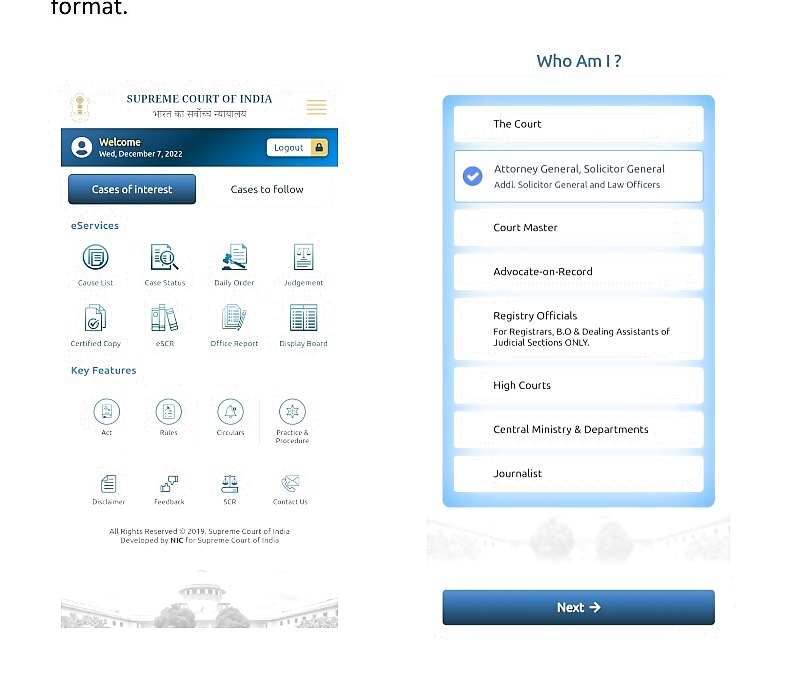
The app also provides a personalised dashboard containing cause lists, case status, daily orders, judgments, latest updates, office reports, circulars and much more. All relevant information can be accessed and downloaded through a user-friendly interface.
In the updated version, the Attorney-General for India, Solicitor General of India, law officers as well as nodal officers of central ministries/departments can view the case status, orders, judgments, and other relevant information in cases of interest.
RTI portal
The SC has launched an online RTI portal on November 24. Earlier, RTI applications could only be filed by post, making the mechanism slow amid the wide use of technology and digitalisation.
The online portal, which can be accessed at the website, will help streamline the apex court’s responses under the RTI Act.
E-Courts project
In the new phase termed Phase III of the eCourts project, efforts are underway to put up all SC orders and judgments on the eCourt’s website, which, as of now, has high court and trial court orders. The refined keyword search for judgments, right from the SC to different high courts will be in one place.
Various other initiatives under the project were also launched by the prime minister on Constitution Day. The initiatives included virtual justice clock, JustIS mobile app 2.0, digital court and S3WaaS websites.
Virtual Justice Clock
Virtual justice clock is an initiative to exhibit vital statistics of the justice delivery system at the court level, giving details of cases instituted, cases disposed of and pendency of cases on daily/weekly/monthly basis at the court level.
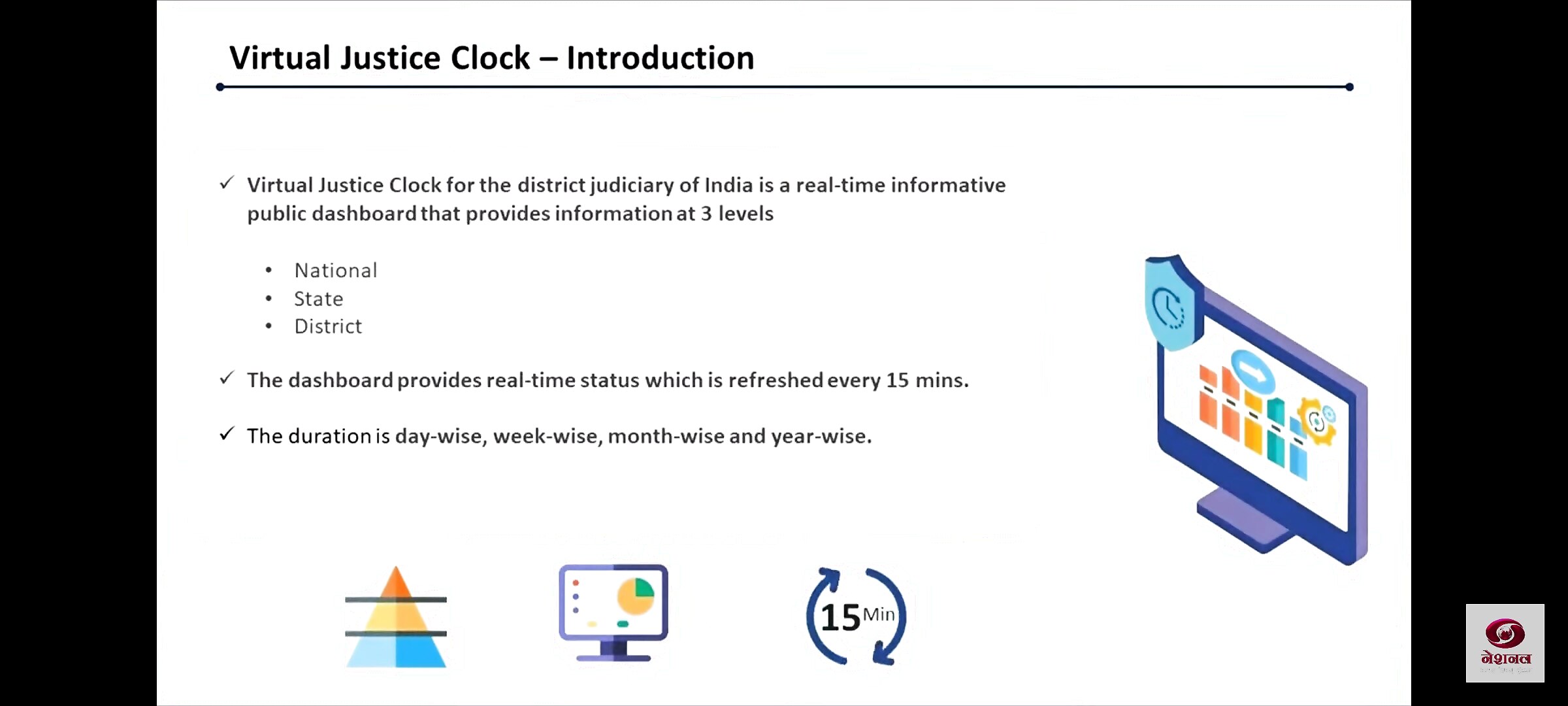
The effort is to make the functioning of the courts accountable and transparent by sharing with the public the status of case disposals by the court. The public can access the virtual justice clock of any court establishment on the district court’s website.
JustIS Mobile App 2.0
It is a tool available to judicial officers for effective court and case management by monitoring pendency and disposal of not only their court but also for individual judges working under them. This app is also made available to high court and SC judges, who can now monitor pendency and disposal of all the states and districts under their jurisdiction.
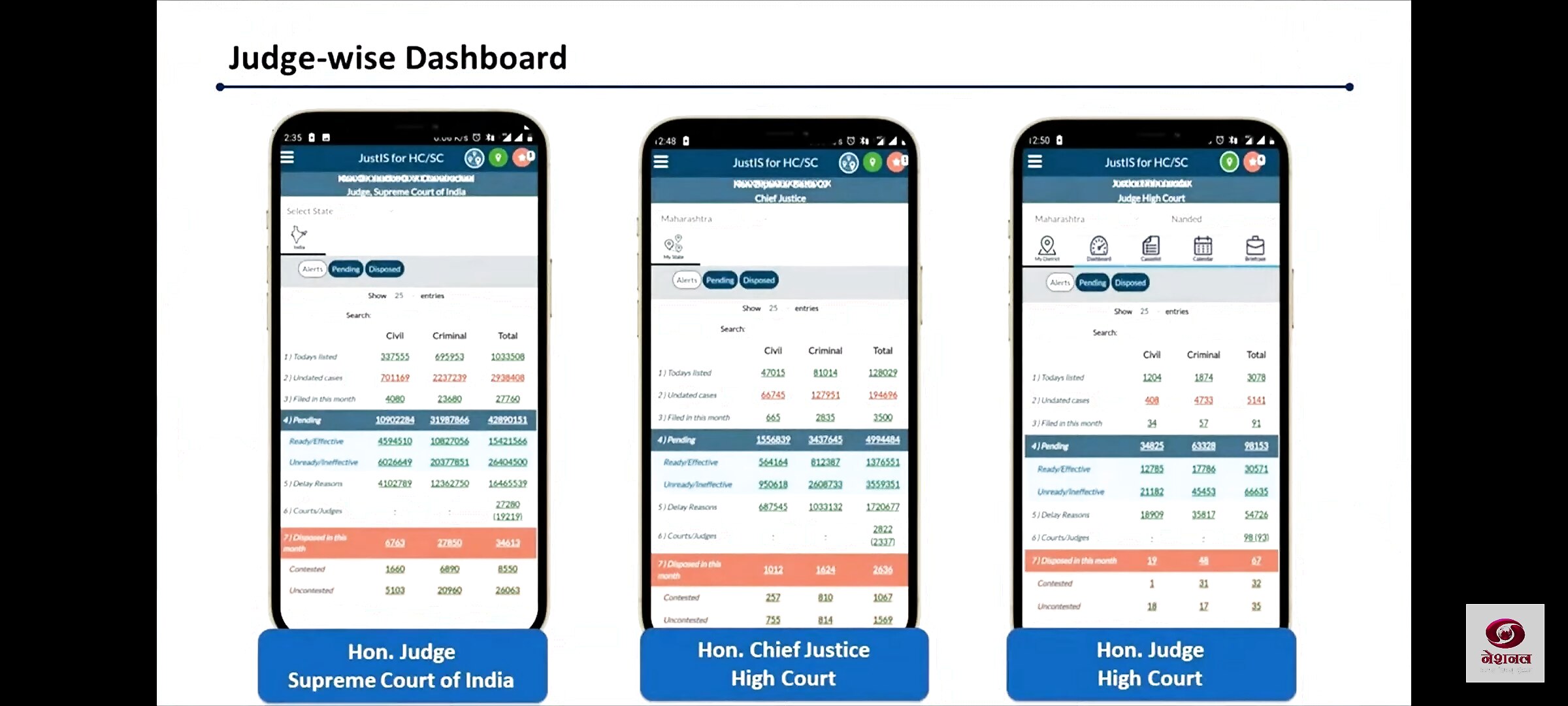
Digital court
It is an initiative to make court records available to the judge in a digitised form to enable the transition to paperless courts.
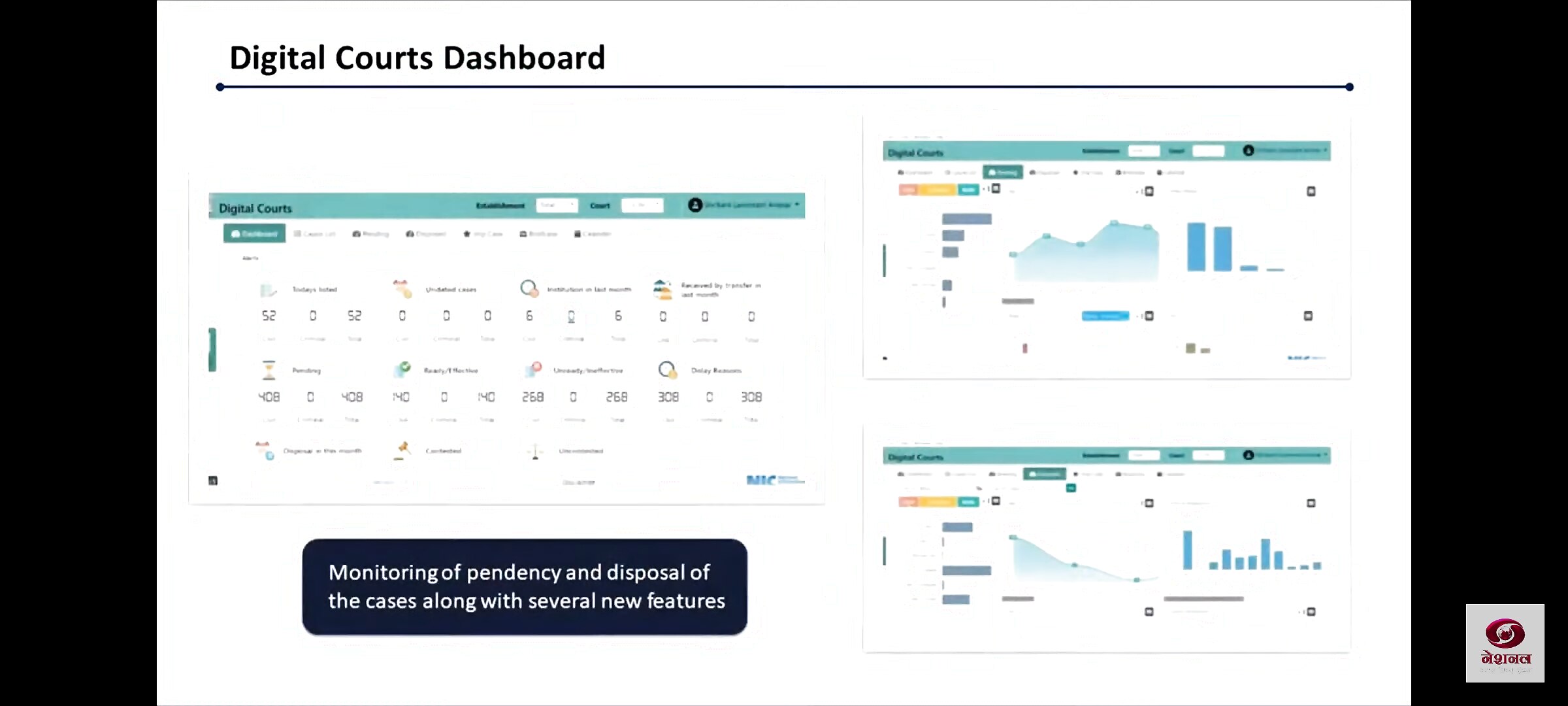
S3WaaS websites
It is a framework to generate, configure, deploy and manage websites for publishing specified information and services related to district judiciary. S3WaaS is a cloud service developed for government entities to generate ‘secure, scalable and sugamya (accessible)’ websites. It is multilingual, citizen friendly and divyang friendly.
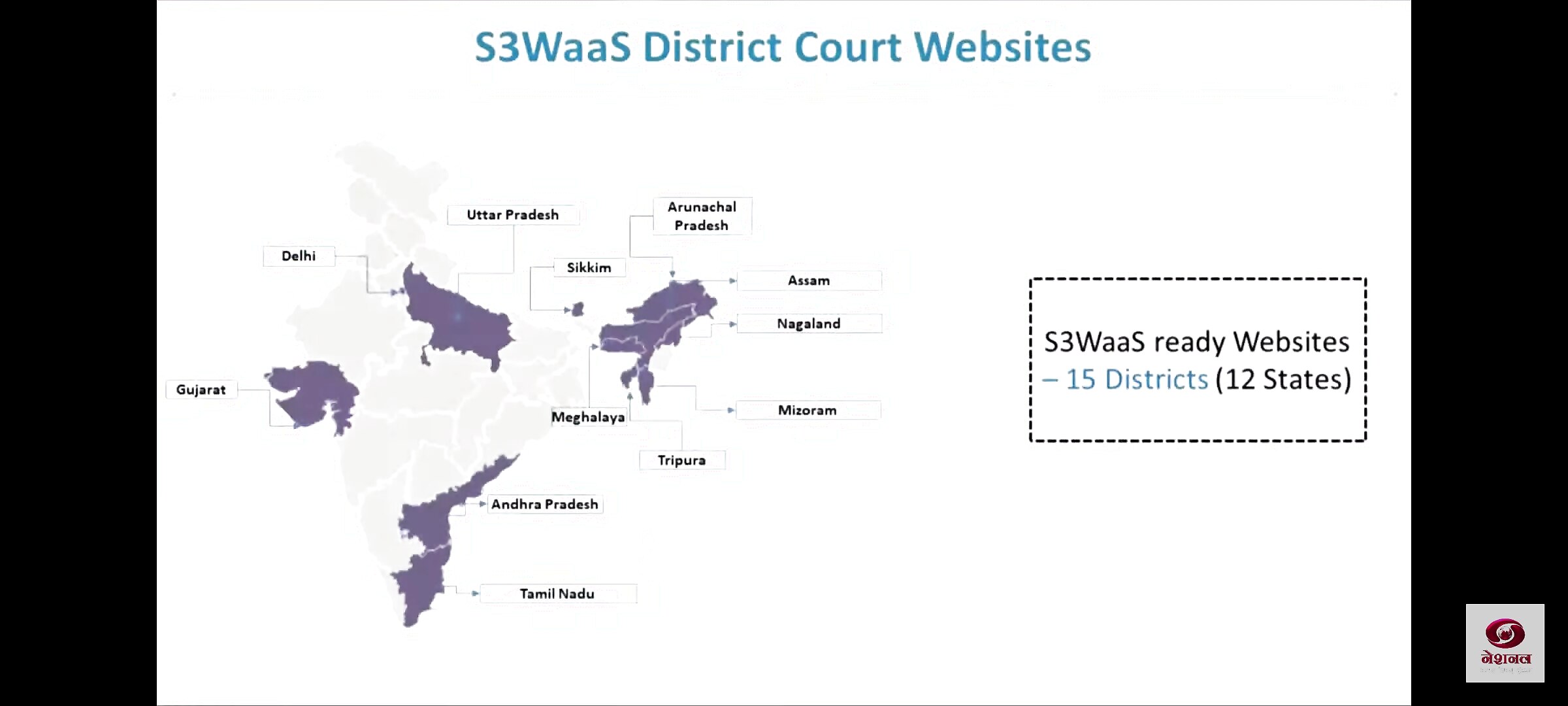
Read all the Latest India News here




















Comments
0 comment